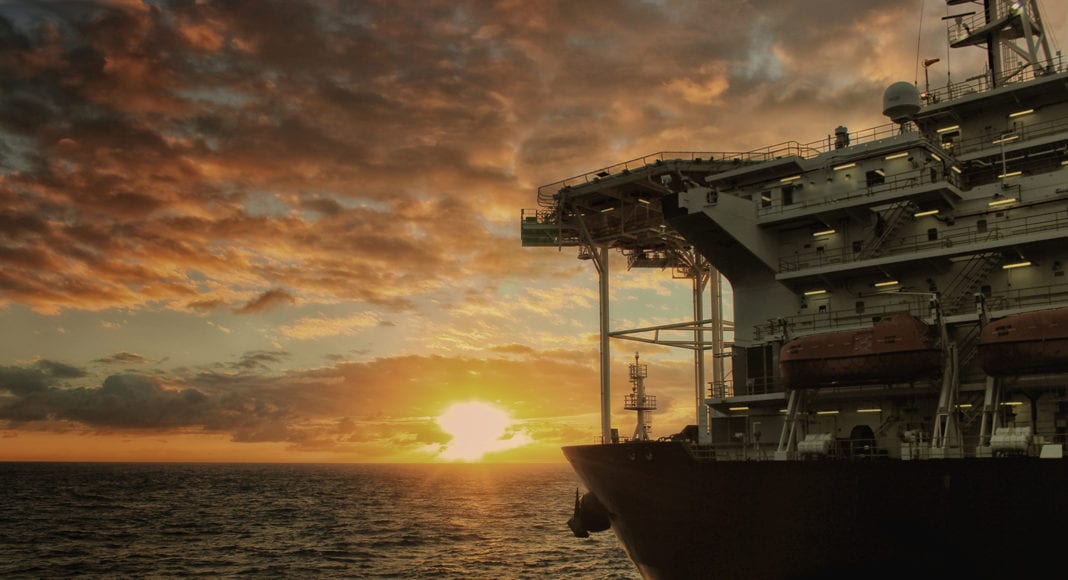Bordered by oil producing giants such as Venezuela and Brazil, the evidence of possible hydrocarbon accumulations in Guyana dates back to the 1700s, when oil traces were reported. However, the quest for unlocking the subsurface riches began in earnest in 1958, when California Oil Company conducted seismic surveys before withdrawing in 1960.
The first company to drill a well was Tenneco, which spudded the Guyana Offshore #1 and #2 wells in 1967, the year after Guyana achieved independence. This campaign was followed by numerous disappointments, with explorers drilling nearly 40 wells – all unsuccessful – over the next few decades.
Dutch supermajor Shell drilled multiple wells, resulting only in oil and gas shows. Shell, together with Conoco, drilled the Berbice #1 and #2 wells starting in 1971, both of which were abandoned after encountering a gas kick and minor oil and gas shows within the Pliocene and Oligocene. Shell then drilled the unsuccessful Mahaica 1 in 1974 and Abary 1 in 1975, both abandoned after encountering only hydrocarbon shows. Deminex drilled the Essequibo 1 well in 1974, with similar results.
Shell continued its efforts and drilled Mahaica 2 in 1976, resulting in yet another duster. In 1977, Deminex drilled the Essequibo 2 well on the extreme southern part of the Orinduik block. The well encountered oil and gas shows in the Miocene and Upper Cretaceous.
The 1990s saw Total drill its Arapaima 1 well in 1992, establishing the presence of gas within the Lower Cretaceous. Tensions mounted in June 2000, when a Surinamese gunboat threatened to fire on the rig preparing to drill CGX Energy’s Eagle 1 well near the maritime border, thus forcing it to relocate to Horseshoe West 1.
The Eagle 1 well was ultimately drilled in 2012, after a 2007 agreement between Guyana and Suriname resolved the border dispute and unveiled reservoir quality sands with shows of hydrocarbons in the Eocene and Upper Cretaceous. This was followed by the drilling of Jaguar 1, which was abandoned due to unexpected high pressures encountered in the well.
One oil major walked away, 20 companies said no to Guyana exploration
The next campaign in Guyana marked the country’s great breakthrough, with the game-changing Liza discovery in the Stabroek block in 2015 as a result of U.S. supermajor ExxonMobil’s willingness to take on the financial risk and uncertainty of a little-explored area.
Since that time, ExxonMobil has made a total of 18 discoveries at the Stabroek block estimated to be more than 9 billion barrels of oil equivalent resources.
Source: Rystad Energy with additional reporting by OilNOW




